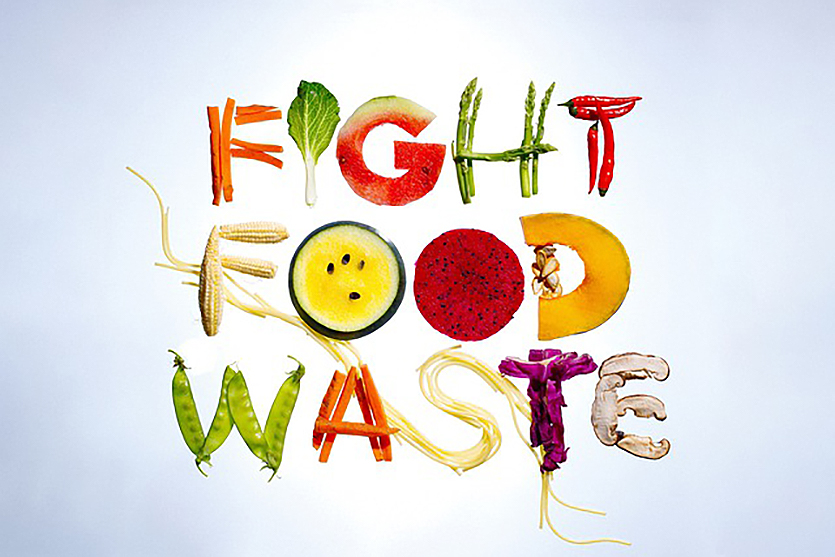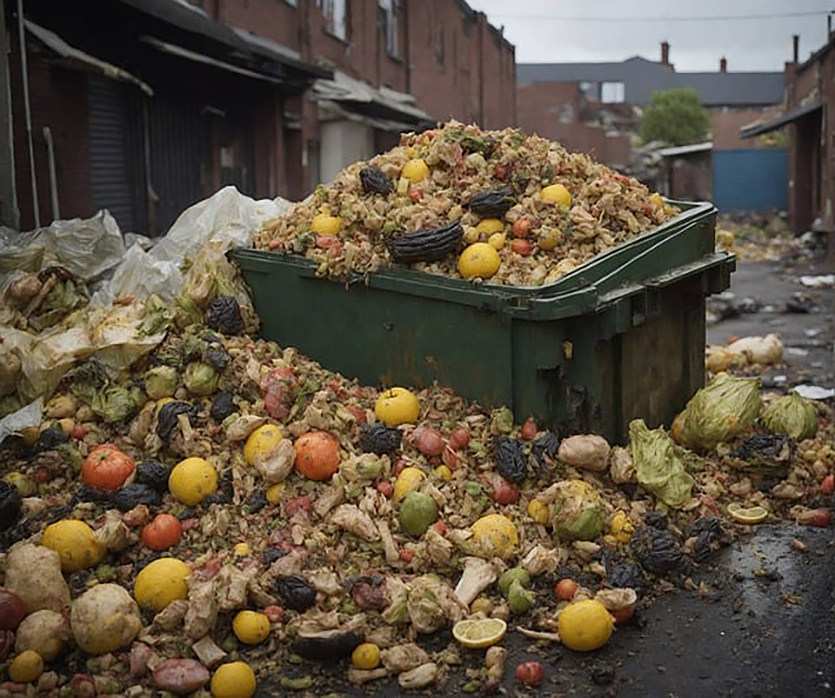Food Loss and Waste (FSSC 22000 Version 6)
페이지 정보

본문
Food Loss and Waste (FSSC 22000 Version 6)
[Introduction and Background]
The United Nation General Assembly adopted a set of 17 Sustainable Development Goals (SDGs), with SDG 12 looking to ensure sustainable consumption and production patterns. SEG 12.3 calls for halving per capita global food waste at the retail and consumer levels and reducing food losses along production and supply chains (including postharvest losses) by 2030.
The addition of food loss and waste as an additional requirement into the FSSC 22000 scheme supports this goal and aims to support organizations in their contributions to meeting the UN Sustainable Development Goals.
According to the Champions 12.3 2022 Progress Report on SDG 12.3, approximately 8% of all food produced in the world is lost at farm level; 14% is lost between the farm gate and the retail sector, e.g., manufacturers and producers; and 17% is wasted at the retail, food service, and household levels of the food supply chain. This results in significant impacts on human livelihoods and well-being, the global economy, and the environment. Over the past few years, events such as war and the COVID-19 pandemic have exacerbated food loss and waste by continually disrupting the human food supply chain. This progress report gives rise to further considerations on how food loss and waste affect us all.
Food security
Neary 1 in 10 people are undernourished, while more than 2 billion tons of food each year never gets consumed.
Economic costs
Food loss and waste result in more than US 1$ trillion in economic losses globally per year.
The environment
The production of food that is ultimately lost or wasted requires a land area greater than that of China. Food loss and waste generate about 8~10% of global greenhouse gas emissions annually. To put this in perspective, if food loss and waste were a country, it would be the third-largest greenhouse gas emitter on the planet - surpassed only by China and the United States. In fact, reducing food loss and waste by half would avoid 1.5 gigatons of carbon dioxide equivalent emissions per year by 2050, and amount greater than the current energy-related and industry-related emissions of Japan.
Reducing food loss and waste, therefore, can save money for farmers, companies, and households; feed more people by wasting less; and reduce the burden on water, land, and the climate.
 < Food Loss and Waste FSSC 22000 Version 6 >
< Food Loss and Waste FSSC 22000 Version 6 >
[FSSC 22000 Requirement]
FSSC 22000 (Version 6) Part 2 – Requirements for organizations to be audited against in Version 6
2.5.16 Food Loss and Waste (All food chain categories, excluding I)
In addition to clause 8 of ISO 22000:2018, the organization shall
- a) Have a documented policy and objectives detailing the organization's strategy to reduce food loss and waste within their organization and the related supply chain.
- b) Have controls in place to manage products donated to not-for-profit organizations, employees, and other organizations and ensure that these products are safe to consume.
- c) Manage surplus products or by-products intended as animal feed/food to prevent contamination of these products.
- d) These processes shall comply with the applicable legislation, be kept up to date, and not have a negative impact on food safety.
 < FSSC 22000 (Version 6) Part 2 - Requirements for Organizations Under Review >
< FSSC 22000 (Version 6) Part 2 - Requirements for Organizations Under Review >
[Guidance for implementation]
-
The definition of food loss and waste in accordance with the FSSC 22000 Scheme V6, Appendix 1, is as follows
- • Food loss occurs before the food reaches the consumer as a result of issues in the supply chain (production, processing, storage, and distribution phases).
- • Food waste refers to food that is fit for consumption but consciously discarded at the retail or consumption levels.
-
In order to establish a basic food loss and waste strategy, an organization can implement the following 3-step process
-
1. Target
-
a) Quantify the food loss and waste currently generated by the organization and the supply chain they have control over in order to establish a baseline/base year quantity.
- • Establish the scope of their food loss and waste by identifying all the types of food loss and waste generated in each step in the productions process as well as the steps in their supply chain that are within their control.
- • Establish the time period over which to quantify the current food loss and waste.
- • Calculate and quantify the current food loss and waste for each type of food waste the organization generates.
- • Investigate the root causes of current food loss and waste and determine how this can be addressed.
-
b) Establish a prevention plan including the organization’s food loss and waste objectives.
- • Decide which types of food loss and waste generated by the organization will be focus areas, based on a) above, taking into account, the type, quantity and value of the food loss and/or waste.
- • Set objectives and targets for these types of food loss and waste (Short-term, e.g., annually/quarterly, Long-term, e.g., over 5 or 10 years)
- • Define actions to be taken to reduce the food loss and waste per type, including responsibilities for implementing these actions, resources required, timeframes for completion, FSMS updates needed, etc.
-
a) Quantify the food loss and waste currently generated by the organization and the supply chain they have control over in order to establish a baseline/base year quantity.
-
2. Measure
- a) Define monitoring procedures to measure food loss and waste against the baseline/year at defined regular intervals, and to determine the causes of the food loss and waste.
- b) Monitor and measure food loss and waste at the defined intervals by using defined methodology suitable to the organization.
- c) Monitor the current destination of the food loss and waste, to move food loss and waste up the food and drink material hierarchy.
- d) Evaluate the results to determine whether the objective and target have been achieved.
-
3. Act
- a) Where it has been identified that the target has not been met, the organization needs to investigate and determine the causes for the target not being met and them implement suitable actions to address this.
- b) Where it has been identified that the target has been met, the organization should still evaluate the current quantity of food loss and waste, as well as the destination of the food loss and waste to determine whether reductions are possible and whether another feasible destination could have a larger sustainable impact.
-
1. Target
 < Food Loss and Waste >
< Food Loss and Waste >
[Guidance for auditors]
The following is a non-exhaustive list of questions that an auditor can use to assess the FSSC 22000 Additional Requirement 2.5.16
- • Has a policy and objectives, with measurable and time-bound targets been established for food loss and waste?
- • Have the objectives been met, and if not, were suitable actions taken? This would not apply in the first year of establishing the policy and objectives.
- • Does the organization donate products, and if so, are there controls in place, including controls to ensure the food safety of these donated products?
- • Does the organization produce surplus products or by-products intended as animal feed/food, and if so, are there controls in place to prevent contamination of these products?
- • Are legal requirements and food safety taken into consideration when establishing the policy and objectives, including any controls established?
[Reference]
Guidance Document: Food Loss and Waste (September 2023), Foundation FSSC
- 이전글Delayed Enforcement of facility registration and product listing under MoCRA 23.12.27
- 다음글ISO/SAE 21434:2021 – Road vehicles – Cybersecurity engineering 23.12.04
댓글목록
등록된 댓글이 없습니다.

